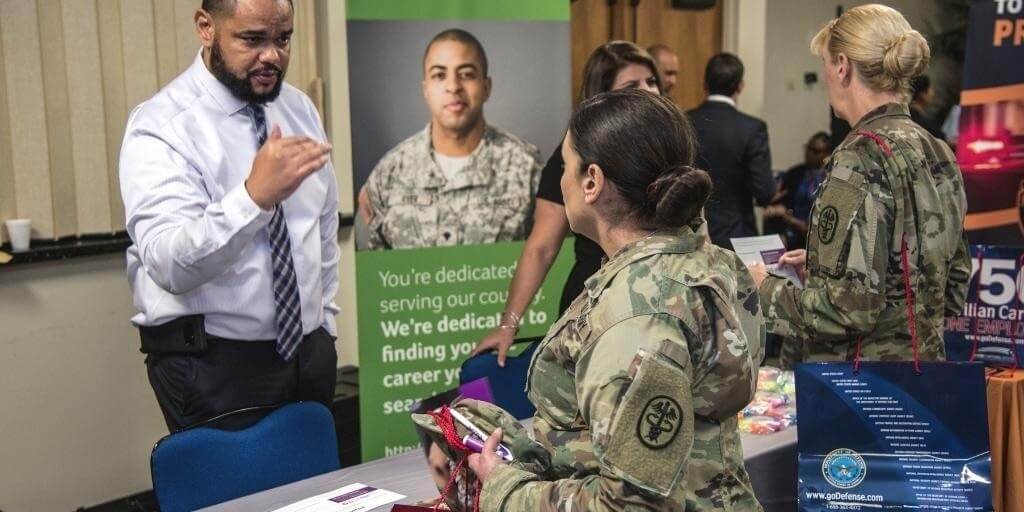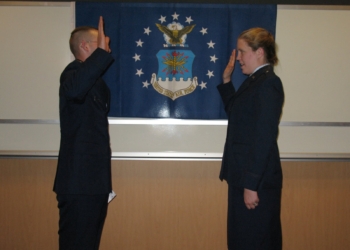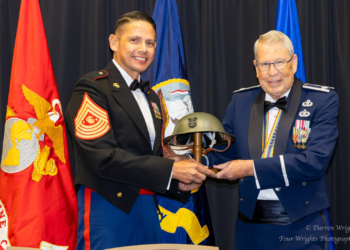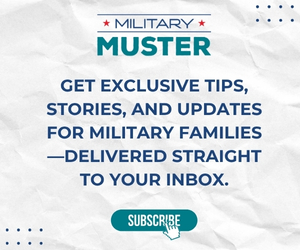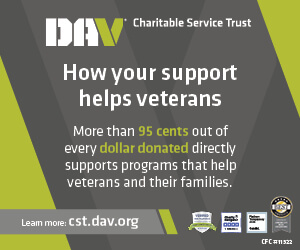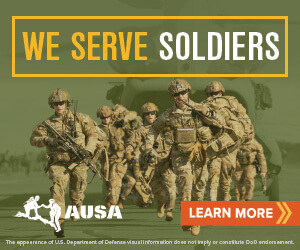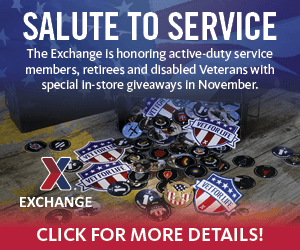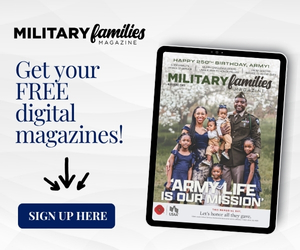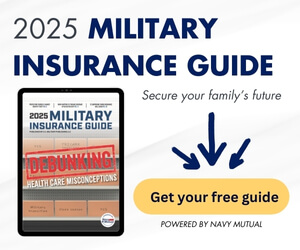A retired soldier released a new guide to assist employers in hiring and retaining a “real-time talent pool of experienced, trained, and dedicated professionals” with military experience.
Retired Army Lt. Col. Matt Louis’s book, “Hiring Veterans: How to Leverage Military Talent for Organizational Growth,” provides data-driven reasons veterans make great employees, and he outlines how companies can build a veteran support program that truly attracts military talent.
Military transition strategies bridge the military-civilian divide
As a 1991 West Point graduate with 21 years of combined active duty and reserve service, Louis says he understands the challenges of transitioning into the civilian job market.
“There wasn’t a TAP program,” he said during a video interview, referring to the Transition Assistance Program. “It was the blind leading the blind, and I was completely unprepared for what was ahead.”
Louis developed his own job-search strategy inspired by Richard Bowles’s book “What Color is Your Parachute?,” and began assisting veterans through 1-on-1 coaching. His grateful mentees often asked, ‘Have you thought about writing a book? No one else is getting the support you gave me.’
Years later, he finally did.
Three-fold effort supporting veteran employment
Helping veterans find employment is useful to military families and the economy, he said. Louis argues that successful post-military employment is tied to higher recruitment rates for new service members. Additionally, Louis explained, veteran unemployment bills come directly from the DOD budget, which negatively impacts national security.
Released last month, “Hiring Veterans” is the third step of Louis’s efforts to eliminate the military-civilian divide between the veteran community and their prospective employers.
His first book, “Mission Transition,” was released in 2019, to assist service members in finding optimal career fields. Then, he founded Purepost, an organization that “provides a warm hand-off between veterans and potential employers. With a good match, the organization gets better retention rates, improved productivity, and trained leaders.”
Now, “Hiring Veterans” showcases the untapped potential within the veteran community and provides detailed instructions for establishing programs that are geared to hiring this demographic.
“’Hiring Veterans’ focuses on strategies for nonprofit, for-profit and government agencies to better assimilate veterans and military spouses,” Louis said.
His research revealed that 80% of large organizations do not have veteran-specific hiring programs. The number is even worse for small- to medium-sized businesses — the majority of businesses in the U.S.
Stereotypes against veterans in the workforce
Veterans transitioning to corporate jobs face several negative stereotypes that Louis addresses in his book:
Veterans are uneducated: Louis compares transitioning veterans to their civilian peers to demonstrate how veterans are, on average, both more educated and experienced.
All veterans are combat specialists: Less than 15% of veterans have a combat specialty, which means more than 85% have learned specialties instantly applicable to a professional organization.
Veterans suffer from PTSD: Since PTSD is not limited to the military population, Louis observes there are many civilians currently struggling with their own mental health challenges from a variety of life events. He says, “In a 1,000-person organization, statistically there would be six veterans with PTSD, but 66 civilian employees with the same symptoms.”
Advantages of hiring veterans
Louis says he wrote “Hiring Veterans” to educate organizational leaders about who veterans are and what they bring to the table.
“Civilian employers are looking for professionalism, teamwork, communication, critical thinking, problem solving, responsibility, and adaptation,” he said, adding these skills are common among veterans, but organizations must meet veterans halfway with constructive efforts and useful programs.
Louis encourages veterans to begin their transition process early — two years before leaving military service — and to take advantage of resources like Skillbridge, internships, mentorship and a network of military peers.


